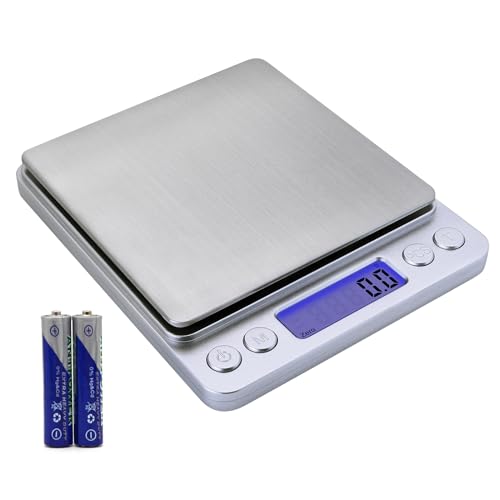I been tinkering around with soap calc, am I the only one that has trouble getting Conditioning Bubbly and Creamy much above the 'low end' while still having a nice hard bar? Admittadly im only working with a handful of oils, and I know its likely bloody impossable to get everything at the 'upper end' of the scale, but I mean I should not be 2-4 points above minimum on those three things (The exception being conditioning, that seems to go up easyish) or am I putting too much thought into the numbers?
I mean most people want a good lather, and obviously you want good cleaning and a decently solid bar ...any one have some oil suggestions?
Currently at my disposal: Coconut, Olive, Palm, Castor, Canola, Veggie, Peanut, Sunflower, Grapeseed and maybe some easily attainable stuff too
I mean most people want a good lather, and obviously you want good cleaning and a decently solid bar ...any one have some oil suggestions?
Currently at my disposal: Coconut, Olive, Palm, Castor, Canola, Veggie, Peanut, Sunflower, Grapeseed and maybe some easily attainable stuff too













































